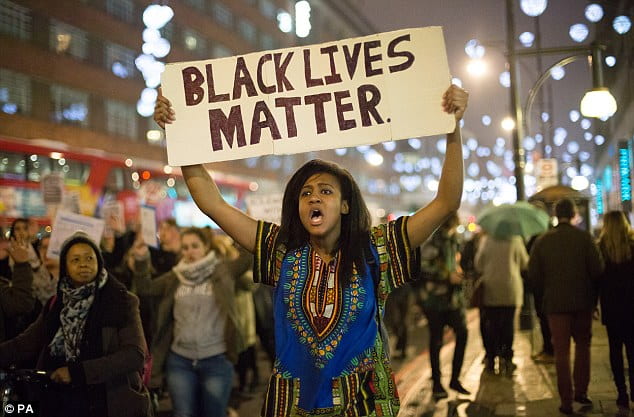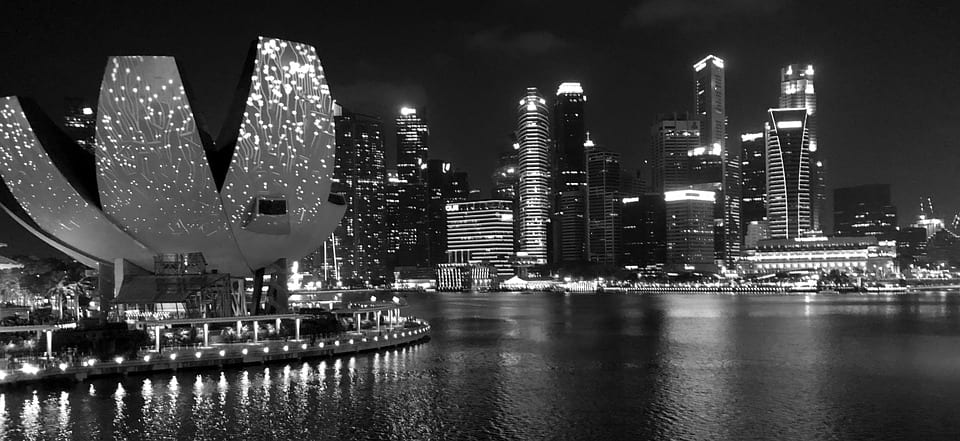
This past summer, two pandemics plagued the world: COVID-19 and systemic racial discrimination and prejudice against Black communities. While the former was making modern history, the latter had been happening for centuries. As I thought of ways to address and educate myself and my family on these injustices, I found myself revisiting and reevaluating my own biases, particularly those I’ve experienced within the Indian community.
Growing up in South India, I would mimic my mother and grandma’s daily skin care routine when they used “Fair and Lovely,” a skin lightening and bleaching cream. I was constantly told to not play outside because I might get too dark, and my foundation for dance competitions and rehearsals was often shades lighter that what it needed to be. I was raised in a world where your worth was defined by the color of your skin, and if by chance your skin was too dark or too tan, then you were seen as un-beautiful, unworthy, and incompetent. Most women like my mom, my grandma, and I, as well as other individuals that suffer from the stigma that being dark is ugly, have often fallen prey to companies that profit off the ideology that whiter skin is equivalent to beauty, self-confidence, and self-worth.
Colorism in Indian Society
Colorism is an issue that is often ignored and rooted in societal pressure around fairness. It is a discriminatory practice in which institutions or individuals treat those with lighter skin tones more favorably, upholding instead White, Eurocentric standards of beauty. India is a mixture of diverse cultures, languages, and shades of brown. With different skin tones came colorism that continues to perpetuate stereotypes, prejudices, and discriminatory actions. For generations, Indian society has been brainwashed into the ideology that fairer skin is more desirable, leading to the nation developing a multibillion-dollar skin lightening industry. Everyday products like Olay’s Natural White Glowing Fairness Cream, Lotus Herbal’s White Glow Skin Whitening and Brightening Gel Crème, Pond’s White Beauty Daily Spot-Less Lightening Cream, etc. promote stereotypes against darker skin tones through their marketing strategies. For example, a current advertisement shows a young woman with a darker skin tone being rejected from a job later ends up using a fairness product to become more beautiful and thus confident. She then goes on to score an even better job at the end. Mainstream media also fails to provide accurate representations of India’s population, with many actors being light skinned and with frequent recruitment of foreign and predominantly White-presenting actors. Often the practice of “brown-face” is used among these actors and production companies to fit a certain role or aesthetic, thereby enforcing negative stereotypes when proper recruitment should’ve happened in the first place. Even more disturbing is that these stereotypes are so enforced in people’s homes and daily lives and can affect prospective marriages, job opportunities, and other relationships due to preferential treatment towards lighter skin.
The Origins of Colorism
Often, people mistakenly identify the origins of colorism with the caste system present in India. The caste system divides the Indian population according to labor and promotes the idea that each subgroup has its own functionally important role in society. Over time, this led to misrepresentation and manipulation of the caste system, because higher status on the ladder typically meant more prestigious work related to education, religion, trading, etc., whereas lower status meant more labor-intensive work that typically meant occupations in dirtier, outdoor environments. Naturally, those individuals lower on that ladder became darker due to their exposure to natural environmental conditions. Their natural and seasonal tanning along with their status as Dalits (“the untouchables”) within the caste system can be argued to have contributed to colorism. While the caste system does play a part in this ideology, it doesn’t fully explain why discrimination continues to happen, especially among individuals that identify with a higher status on the caste system but are also darker. Apart from that, multiple text depict Hindu deities as “dark-skinned,” and who hold a tremendous amount of respect, honor, and power. Neither the caste system nor religion can wholly explain the origins or colorism and why it still continues to perpetuate today.

Colonization, the third factor of this equation, seems to be the missing part of the puzzle. Like many countries, India was not exempt from British rule and had only in the past century gained its independence. During the centuries of British rule and oppression, “colonization was embedded in the idea that fair skin people were the ruling class, and darker skinned people were the subjects.” Apart from this, there was also blatant favoritism by the newly erected British government towards light skinned Indians that directly affected social and class mobility as well as a family’s socioeconomic status. This was seen through discriminatory practices, such as offering lighter skinned individuals government pardons, jobs, and a voice, which were not offered to Indians of darker skin tones. This mindset, that the only way to be worthy, to be accomplished, and to be civilized and beautiful, slowly became an innate mantra amongst the Indian population, creating generations of individuals that strive for a beauty standard deeply rooted in anti-ethnic, anti-Indian, and anti-minority sentiments. The effects of colonization intermingled with the stereotypical notions of the caste system to give us unique and deeply rooted coloristic principles.
Difference between racism and colorism
Earlier, I mentioned that I wanted to address my own biases regarding systemic racism and educate myself on this issue. However, as an Indian-American immigrant, I found it difficult to navigate the differences between racism and colorism as the two are often intertwined and seen together in my community. But the more I researched on this issue, I found that people, often non South Asians, frequently mistook colorism for racism because it can perpetuates anti-Black sentiments within South Asian communities. Except, they are very distinct concepts. For example, in the U.S. (but not exclusive to the U.S.), skin color is the foundation of race, and continues to be a criterion in determining how they are evaluated and judged. The United States’ historic treatment and oppression of Black Americans is racially based, and within that exist preferences for certain skin tones. However, in a lot of Asian and colonized countries, race is not the primary indicator of how an individual will be treated. Instead, the color of a person’s skin on the wide range of the color spectrum will be the major determinant. While the two sound very similar, “the pervasiveness of a color hierarchy” is the crucial factor in social and class mobility, not necessarily race. Colorism and racism, while closely related problems need different solutions, and while these some of these solutions may overlap, each has a unique set of problems.

Right now, certain skin care and make-up companies, such as Unilever’s “Fair and Lovely,” that release skin whitening, bleaching, and lightening products have issued public apologies and are removing, re-advertising, and rebranding their products. While this alone is not enough, because the consumption of such products is based in generational trauma surrounding discrimination around darker skin and beautiful shades of brown, it is a step forward in addressing how such companies are profiting off anti-Black sentiments and how to halt such practices.
What can I do?
- Follow Nina Davuluri’s “See My Complexion” petition and project.
- Continue to callout and critique companies that promote skin bleaching and whitening products because cosmetic changes such as rebranding products is not enough to halt harmful beauty standards.
- Most importantly, it’s important to address and actively combat our own implicit biases that are rooted in generational trauma.


